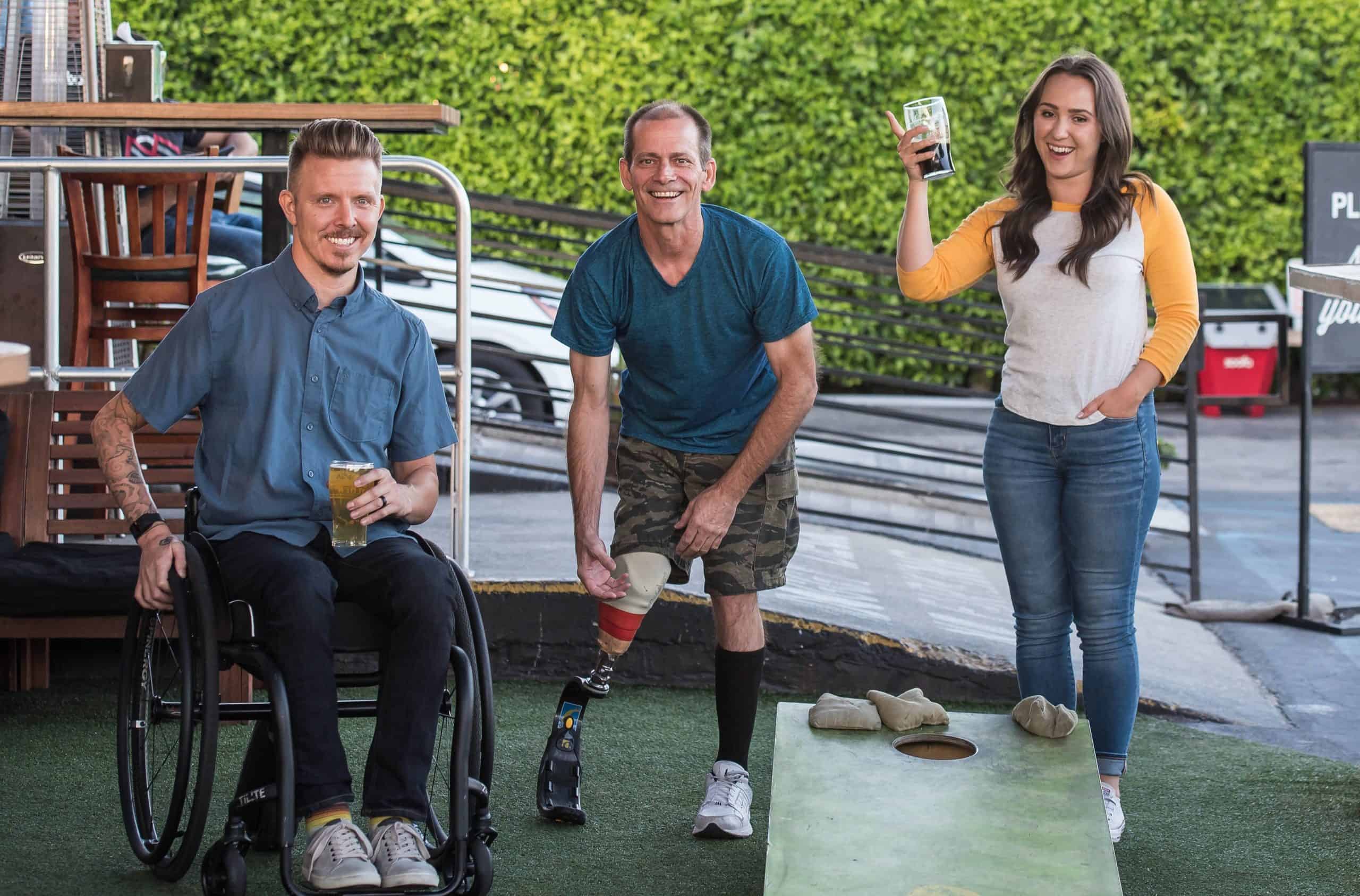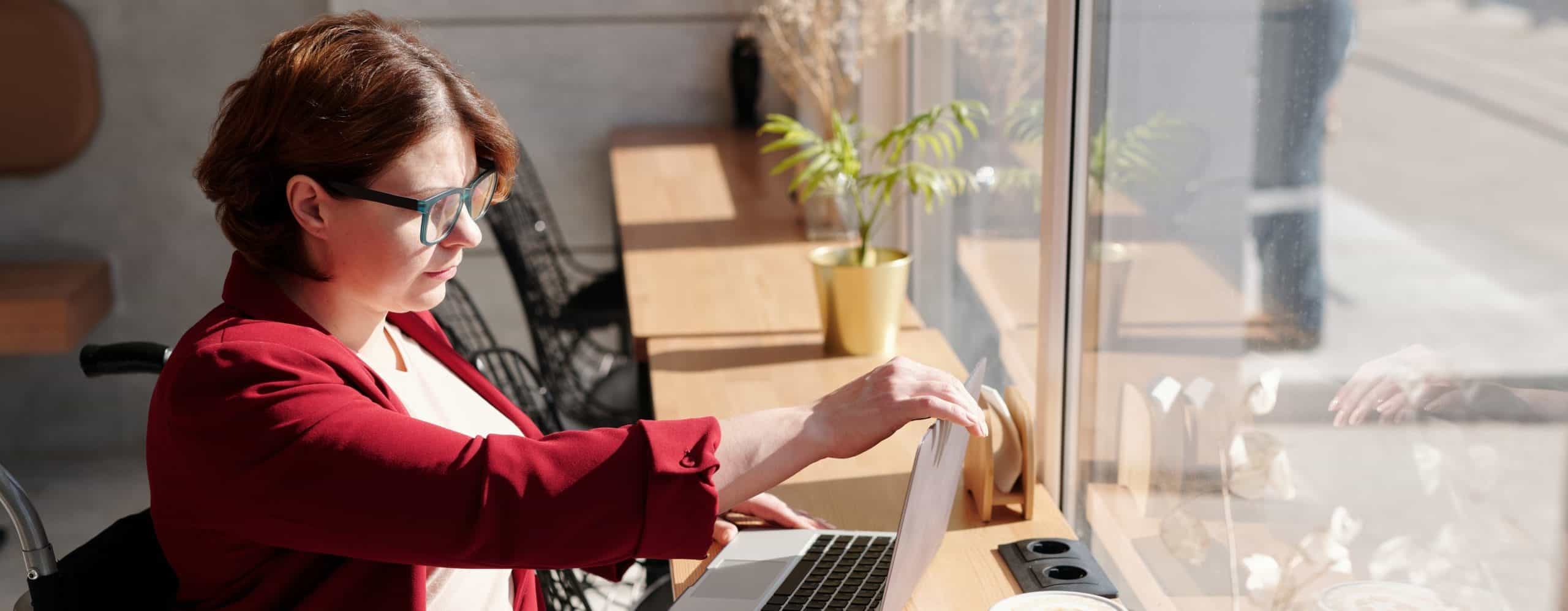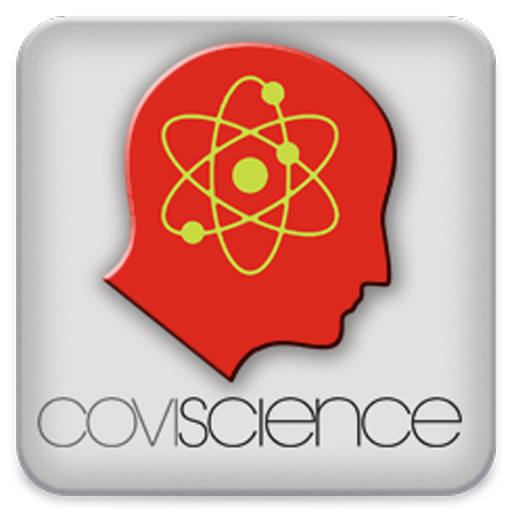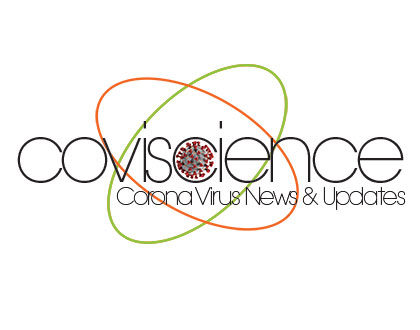One Billion Disabled People Just Hit The Business Radar
By: Denise Brodey
I am the founder of REBEL TALENT, an organization striving to help those with neuro-diverse minds be successful at work. REBEL TALENT’s mission is bridging gaps, connecting people and promoting the message that the future of work isn’t disruption, it’s collaboration. Find me on Twitter @dbrodey or visit my website.
This is a wake-up call to American businesses: Serving the disability community is not only the right thing to do, but it is an opportunity far too big to miss.
 One annual report from Return on Investment compares the emerging market of people with disabilities to the size of China. That’s an estimated 1. 3 billion people with disabilities, many of them Baby Boomers who control a larger share of wealth than any previous generation. The rise of people with disabilities isn’t just a numbers issue. It’s a generational one. This new workforce—Millennials and Gen-Z—could not be more different in their approach to tackling mental health and disabilities. They’ve never heard of the cone of silence and they’ve never seen anyone whisper the words “She has cancer. ”
One annual report from Return on Investment compares the emerging market of people with disabilities to the size of China. That’s an estimated 1. 3 billion people with disabilities, many of them Baby Boomers who control a larger share of wealth than any previous generation. The rise of people with disabilities isn’t just a numbers issue. It’s a generational one. This new workforce—Millennials and Gen-Z—could not be more different in their approach to tackling mental health and disabilities. They’ve never heard of the cone of silence and they’ve never seen anyone whisper the words “She has cancer. ”
Instead, they are energized by the power of the LGBTQ community, Black Lives Matter and the #MeToo movement—all similarly able to impact public opinion and raise awareness of their community and relevant issues.
People with disabilities have always voiced their concerns, but this time it feels different.
Maybe because new business statistics show people of all abilities are assets, or that healthcare issues affect people with disabilities disproportionately. Workplace diversity and inclusion initiatives may also be building awareness and understanding. And yes, there’s even real representation of people with disabilities on screen. It’s no coincidence that one of the first seven documentaries the Obama’s will create in collaboration with Netflix is CripCamp.
People with disabilities say they can find very few mentors at work.
Thanks to some powerful. personalities, that’s changing. Unsplash Today In: Diversity & InclusionMental Health And Disability Inclusion: How To Make Sure You Are Commissioning Credible Support Services For Your BusinessNow Playing: 10 Binge Worthy Titles With Black And Brown Faces Behind And In Front Of The CameraWorld Bank: Global Remittances Set To Decline Sharply As A Result Of CoronavirusNext year will be the 30th anniversary of the Americans with Disabilities Act (ADA). But even 30 years later, it feels as though the U. S. is still playing catch up, not only catching up to the Canadians ‘everyone can go anywhere’ movement but also to awareness campaigns like the U. K. ’s. Let’s Talk disability equality initiative. The ADA, landmark legislation that at one time may have felt like an all-out victory, is now a compliance battleground.
Still, I am optimistic about the future, particularly the next generation of people with disabilities who grew up with the ADA in place. The disability community and our allies will still proudly celebrate the anniversary and the next 30 years of progress. Here’s how: There Will Be Products For All People In Stores I like to imagine a future big box store that carries everything that people with disabilities might need for everyday life. I have an image of walking through a store like Best Buy or Target and seeing accessible sports gear—from hockey to off-road biking—displayed right alongside standard gear. In the tech department, I envision the Geek Squad having a deep understanding of products for people with disabilities. Over in the seasonal aisle, pool noodles may still be there (because they are awesome and everyone can use them), but there will also be foldable chairs that hang on to the side of the pool for people who want to be in the water independently. Looking for those thick rubber squares that easily assemble into tracks so that a wheelchair or scooter user can get to the water’s edge? Sold out. Oh, and the employees who show you how all these products work? Mostly people with disabilities.
After all, they are the experts. Currently, entrepreneurs play a big role in creating products that work for people of all abilities. And because entrepreneurs tend to think creatively, they often develop ideas that fit well with the Canadian “everyone can go everywhere” ethos.
 Recently, I attended a consumer product show called Abilities Expo. Packed into an exhibit hall in Edison, New Jersey, there were no less than 150 exhibitors and thousands of consumers who had braved the driving rain to find adaptable and accessible products. Some were looking for a new set of wheels, others wanted the latest technology, and others just came to try the inclusive activities—dance, sports, and a climbing wall. The Abilities Expo experience was 180-degrees different from some of the assistive device or adaptive product retailers I’ve seen. Nearly every vendor had a personal story to tell. And no, not a woe-is-me tale. The vibe was far from clinical. It was positive, entrepreneurial, personable and knowledgeable.
Recently, I attended a consumer product show called Abilities Expo. Packed into an exhibit hall in Edison, New Jersey, there were no less than 150 exhibitors and thousands of consumers who had braved the driving rain to find adaptable and accessible products. Some were looking for a new set of wheels, others wanted the latest technology, and others just came to try the inclusive activities—dance, sports, and a climbing wall. The Abilities Expo experience was 180-degrees different from some of the assistive device or adaptive product retailers I’ve seen. Nearly every vendor had a personal story to tell. And no, not a woe-is-me tale. The vibe was far from clinical. It was positive, entrepreneurial, personable and knowledgeable.
“We love what we are doing,” says Lew Shomer, chairman of Abilities Expo. “When someone with limited mobility attends one of the shows and finds a product or service that makes their lives easier, it is literally a life-changing moment. At each show, we witness another miracle. ”
There were no hard sales pitches and I didn’t have to put on a pair of rose-colored glasses to see the attendees’ excitement and satisfaction with the products they found.
Powerful Personalities Will Reshape The Disability Narrative
The people creating waves are often those with lived experience, like Senator Tammy Duckworth (D-Ill. ). Few people are probably aware of the unacceptably high number of wheelchairs being damaged by airlines in transit. Senator Duckworth is very aware. As a direct result of legislation introduced by Senator Duckworth in 2018, the Department of Transportation (DOT) now requires airlines to disclose the number of damaged wheelchairs and scooters monthly. Recently, even her own wheelchair was crushed by airline baggage handlers, so she’s no stranger to the cause. In Canada, fo example, there is a large-scale public campaign promoting accessibility and full inclusion of people with disabilities called Everyone Everywhere.
The movement was founded by athlete Rick Hansen and their mission statement reads, “We’re going to rally an entire nation and we won’t stop until everyone can go everywhere. ”
The campaign’s stated goal is to maximize the potential for everyone to have physical freedom and opportunities.
People Will Have Honest Conversations At Work
A word of advice for human resources: focus on employees, not on employee surveys. Look around, sit down and talk and you will hear the truth: people with disabilities are raging mad about the slow pace of even simple changes to accommodate them—as they should be. Practice every day looking beyond the word disability to see who’s really in front of you— an intelligent able person who wants to work. Maybe the problem is that you have never met or seen anyone like the people I am talking about. No problem.
I can help.
Finally, there’s the recent Netflix series, Special, created by Ryan O’Connell, a gay writer with disabilities.
Small Communities Will Be The First To Pool Their Funds And Collaborate Collaboration is the key to funding and finishing some of the accessibility initiatives that have been started. In the Hudson Valley Region, to get everyone on the same page, they put out a guide that states that their mission as a community is to “help change the way we as individuals, businesses, organizations, and communities relate to everyone of every ability. ” Area movie theaters hold red carpet movie days for people of all abilities, particularly patrons who are sensitive to noise. County Executive Marc Molinaro launched the initiative and it continues to grow. He created a ThinkDifferently picnic, inviting people of every ability and their care providers to come and meet, share food and friendship. Since July of 2016, more than 100 municipalities throughout New York State including Albany and Buffalo, have adopted their own ThinkDifferently resolutions. The campaign aligns with Canada’s Everyone Everywhere campaign.
There Will Be More Spots for People With Disabilities Than Abled-bodied Workers in the Parking Lot.
I’m serious. I saw it with my own two eyes at the Abilities Expo in New Jersey. There were at least twice as many spots for accessible vehicles than for ordinary ones. And the woman looking at her phone in the middle of the parking lot? Don’t yell at her. It’s likely that she is using an app designed to help blind people navigate new spaces independently. As for your website, social media and store displays? Those will already have been tested by someone with a disability before they were installed. Don’t worry about compliance. It will be baked in. Blue sky thinking? Not at all. On every level of business, everywhere, everyone should be included. It’s called being human and offering opportunity. Accenture Research estimates that 10. 7 million people with disabilities continue to be underrepresented in corporate America. That translates to about 80% of people with a disability either being out of work or underemployed. Disability inclusion is a significant opportunity for companies to improve their performance, enhance labor-force diversity and develop a sustainable corporate culture. As the numbers of us grow in size, it will be harder and harder to ignore us.

The CoviScience Team is a group of professionals dedicated to helping our Pandemic torn nation get back to normal. We all recognize that helping each other to find, analyze and select home, office and educational solutions can be the difference between thriving and merely surviving. We encourage every0ne to participate in our online community by contributing, sharing and commenting. Stay Safe. Stay Healthy and Stay Happy. ~ The CoviScience Team.
Recommended Posts

COVID-19 Resources for Job Seekers
December 8, 2020

REVISED EMPLOYEE COVID-19 SAFTEY PROTOCOLS
October 7, 2020

Checklist to Prepare Physician Offices for COVID-19
September 11, 2020




